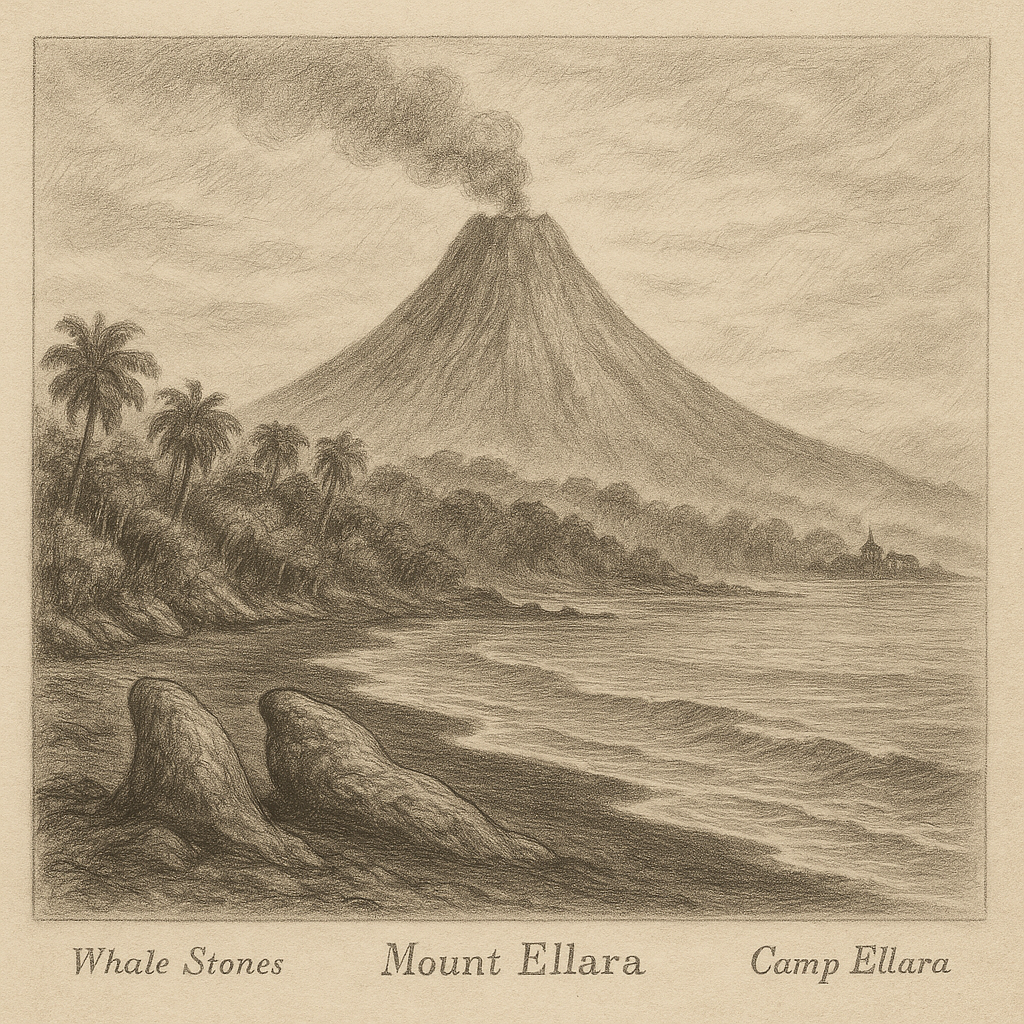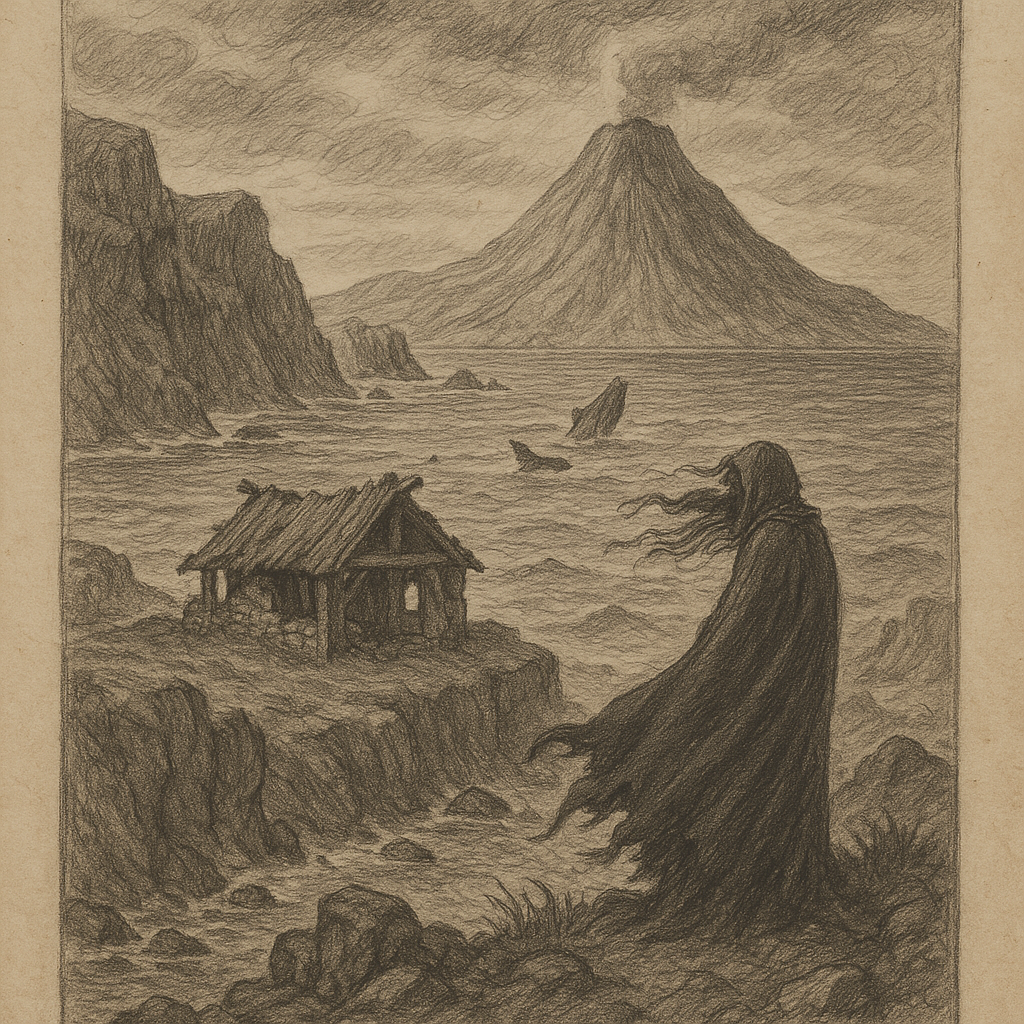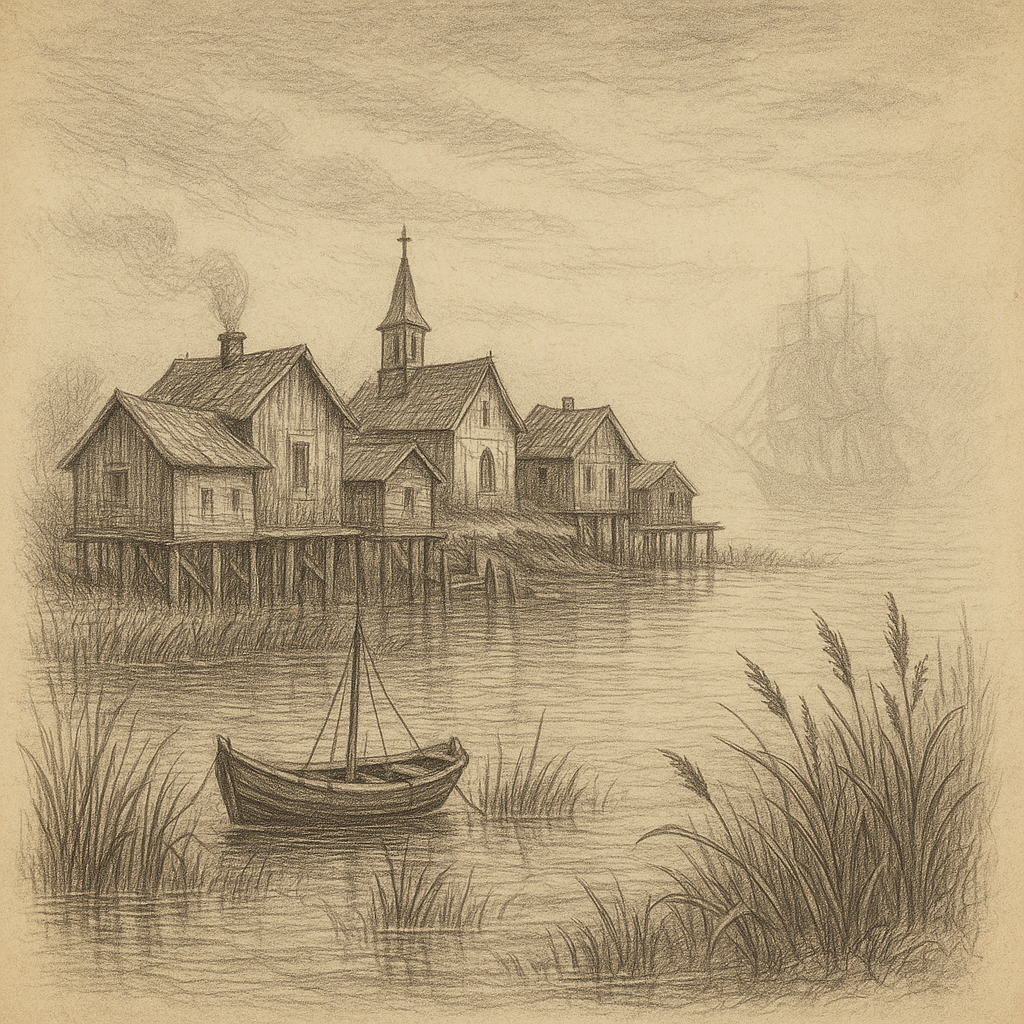Isla Santa Clara: A Forgotten Gem off the Chilean Coast
Isla Santa Clara is a small, uninhabited island located off the central coast of Chile, near the port city of Talcahuano in the Biobío Region. Though not widely known internationally, the island exudes an air of mystery and quiet grandeur, drawing interest from nature lovers, historians, and occasional adventurers. Measuring approximately 3.4 square kilometers, this rugged island rises dramatically from the cold waters of the Pacific Ocean and is a site of both ecological uniqueness and cultural intrigue.
Geography and Location
Situated off the coast of the Chilean mainland, Isla Santa Clara lies within the Bay of Concepción, nestled roughly 10 kilometers from shore. The island is recognized for its steep basaltic cliffs, sea caves, and exposed rocky shores, sculpted by centuries of wave erosion and subduction-related activity. Its highest point rises about 100 meters above sea level, affording expansive views of the surrounding ocean. Though small in dimension, the island is visible from several coastal vantage points and is frequently enveloped in mist and marine fog, enhancing its remote and mystical ambiance.
Volcanic Origin and Geological Significance
Like much of Chile’s coastline, Isla Santa Clara’s foundation is volcanic. The island is part of the Chilean Coastal Cordillera—a result of the ongoing subduction of the Nazca Plate beneath the South American Plate. Over millions of years, tectonic uplift and volcanic eruptions have created not only the mountainous mainland, but also isolated features like Isla Santa Clara.
Rock samples from the island date back to the Miocene epoch, indicating the landmass has existed for more than five million years. Its jagged terrain, intertidal rock pools, and deep gouges in the shoreline are constant reminders of the powerful geological forces at play.
Flora, Fauna, and Ecology
Despite its harsh environment, Isla Santa Clara is home to a variety of resilient plant and animal species. Hardy coastal vegetation, such as lichens, mosses, and salt-tolerant grasses, cling to the island’s rocky surface. The lack of human activity has allowed avian populations to flourish. It serves as a crucial nesting ground for seabirds such as the kelp gull, Peruvian booby, and even the elusive Magellanic penguin during certain seasons.
Marine life around the island is rich and diverse. Beneath the surface, kelp forests sway in the cold currents, home to sea lions, octopuses, and a host of fish species that are critical to the biodiversity of Chile’s coastal waters. The island was designated as part of a marine protection effort in the late 20th century, aiming to preserve its unique ecological balance.
Cultural and Historical Context
Historically, Isla Santa Clara is not known to have had permanent inhabitants, but archaeological evidence suggests that it may have been visited by the Mapuche people, Chile’s largest indigenous group. These visits were likely seasonal and related to fishing and gathering marine resources.
During colonial times, Spanish cartographers documented the island, naming it “Santa Clara” after Saint Clare of Assisi. In the centuries that followed, the island remained largely ignored, nurtured in its isolation. Some accounts from the 19th century suggest it was occasionally used as a refuge by pirates or smugglers operating along the Pacific coast—a detail that adds to its enigmatic allure.
Access and Conservation
Visiting Isla Santa Clara is challenging. The island is accessible only by boat and has no formal docking facilities. This logistical difficulty has shielded it from the pressures of tourism and urbanization. Those who wish to visit—typically researchers or conservationists—must apply for permits and coordinate with regional environmental authorities.
Conservation efforts in recent years have focused on maintaining the island’s pristine conditions. Invasive species pose the greatest ecological threat, and there are controlled programs in place to manage flora and fauna incursions. The government and local NGOs have discussed the possibility of declaring Isla Santa Clara a protected reserve, underscoring its value as a natural haven.
Interesting Facts About Isla Santa Clara
– Despite its small size, the island plays a large role in Chile’s coastal biodiversity, functioning as a crucial breeding site for seabirds.
– The surrounding waters form part of a marine corridor frequently traveled by migrating whales such as the humpback and the blue whale.
– Oceanographers have studied the island’s rocky coastlines as a natural laboratory for understanding Pacific tidal systems.
– Isla Santa Clara is visible from coastal landmarks like Cerro Caracol and several observation points in Talcahuano, yet few locals have ever set foot on it.
– The island is sometimes referred to in Chilean folklore as “La Isla Fantasma” or “The Ghost Island” due to its appearance in heavy ocean fog.
Legends and Local Lore
One of the most enduring legends surrounding Isla Santa Clara speaks of a ghostly ship that circles the island on foggy nights. Known locally as “El Navío Perdido” (The Lost Ship), it is said to be a 17th-century galleon doomed to wander the surrounding waters, its crew forever searching for a safe harbor. Fishermen in the Bay of Concepción have claimed to hear distant foghorns and see flickering lanterns dancing on the waves when no vessel is in sight.
Another tale recounts the story of a hidden treasure buried deep within one of the island’s sea caves. According to the legend, a band of pirates left behind a chest of gold during a hasty departure, protected by a curse that brings misfortune to any who seek it. Although modern expeditions have found no such treasure, the myth endures in popular imagination.
Locals also share whispered stories about “Los Susurrantes,” or “The Whisperers”—strange voices said to echo from the island’s cliffs during full moons. Whether born from the sounds of birds, waves, or winds weaving through basaltic caves, the effect is eerie enough to stir anyone’s belief in the supernatural.
Conclusion
Isla Santa Clara remains one of Chile’s best-kept secrets. Its inaccessibility, geological richness, and unblemished ecology make it a rare gem in a world of increasingly endangered habitats. Shrouded in mystery and folklore, the island captivates not only scientists and conservationists but also the local imagination. Whether for its striking natural beauty, its ecological significance, or its legends that defy time, Isla Santa Clara stands quietly offshore, keeping its secrets—and welcoming only the most curious of souls.


